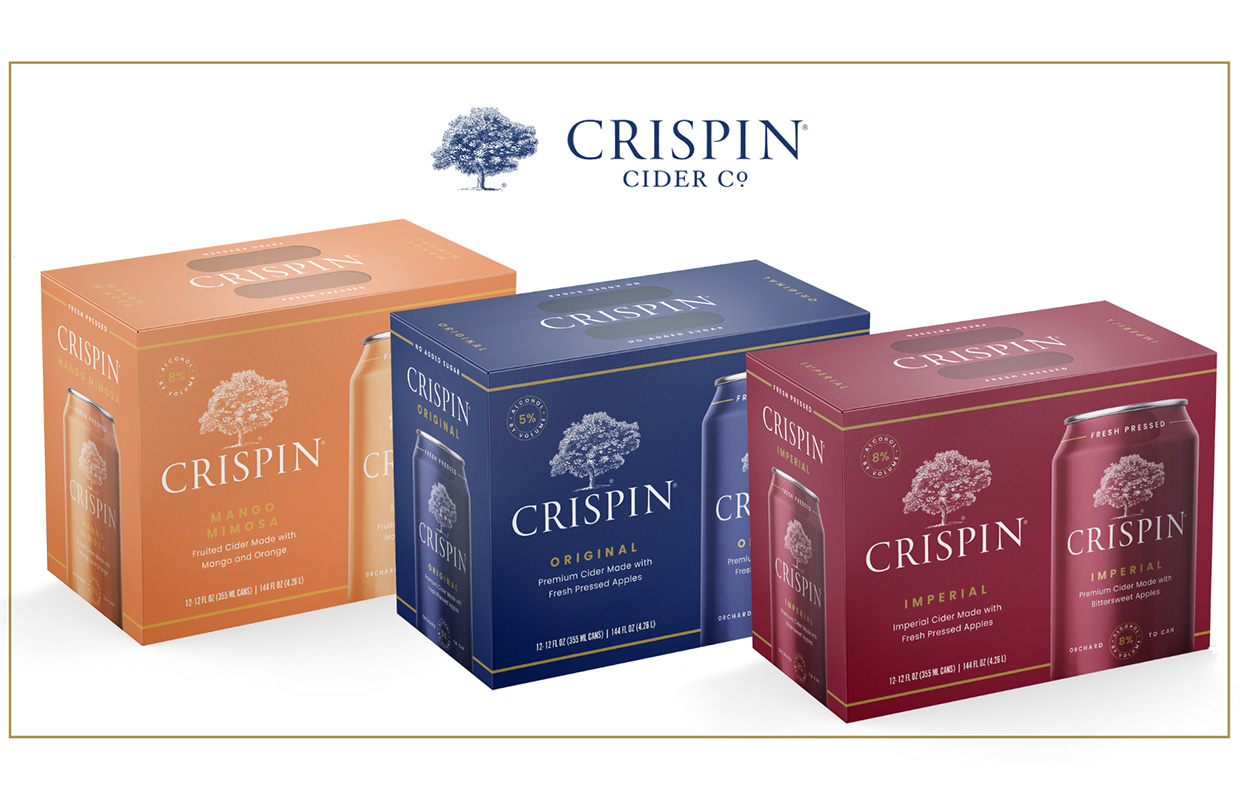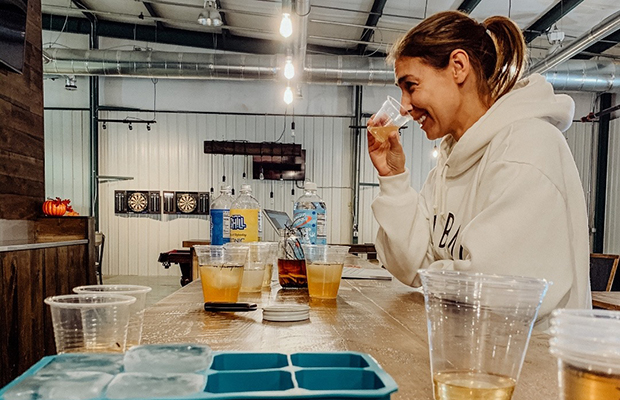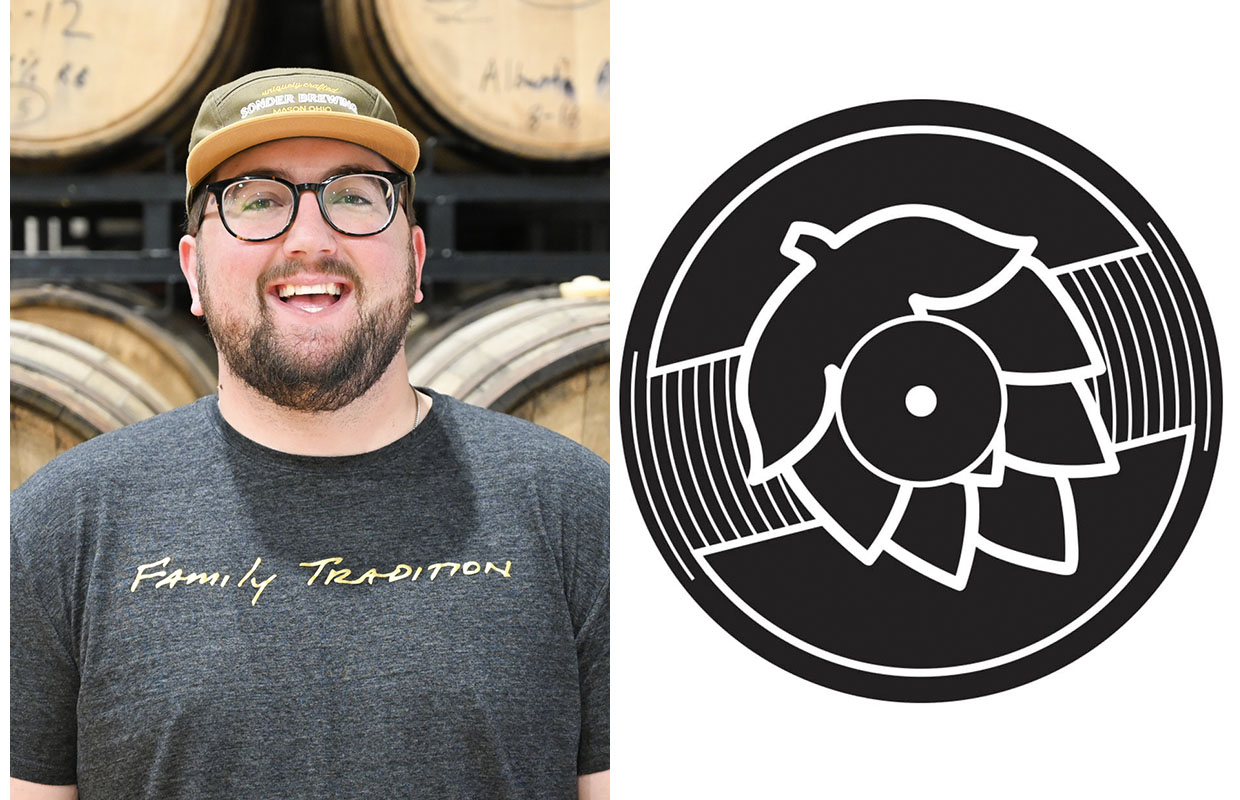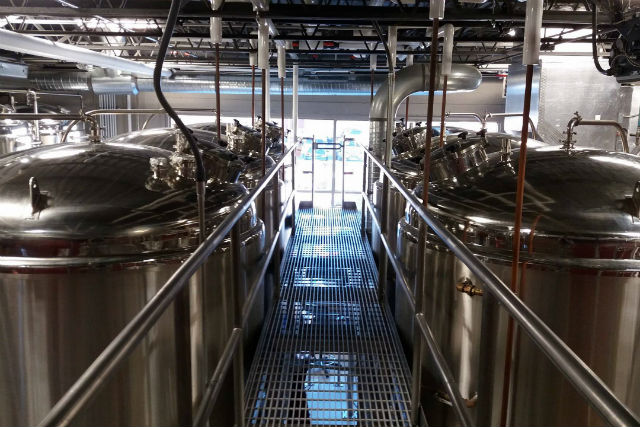
Don’t consider the reignition of the Crispin Cider brand as a play on nostalgia. Jason Dayton won’t allow it.
“We’re not trying to go back to 2014 or 2015. This isn’t Zima 2.0,” said the co-founder of Minneapolis Cider. The company recently announced a licensing agreement finalized between the company and Molson Coors after talks began earlier this year.
“It was really the first brand that really built a space in craft cider at a larger national level,” Dayton said of Crispin, which began in 2004. Dayton helped launch the Minneapolis Cider brand in 2015 under the name Lionheart and rebranded in 2017. Now, Crispin will be a national platform for the company while continuing the Minneapolis brand in their home state of Minnesota along with distribution to the Upper Midwest. “One of the things that we really love about (Crispin) is … it’s a brand that’s pretty widely respected and fondly remembered by a huge range of cider drinkers as one of the first craft cider brands that they got into.
“It was a drier style, and it was more fruit-forward and it’s using fresh-pressed apples. That’s really commonplace now in craft cider, but at the time that didn’t exist.”
The brand was discontinued by Molson Coors as a part of its broader corporate restructuring in 2019 and in January of this year, Dayton and his team approached Molson Coors to bring the brand back to a potential national brand again.
“If you look at the top handful of cider brands in the country, they’re still highly regional,” Dayton said. “If you go west of the Mississippi, nobody’s heard of Bold Rock. You go east of the Mississippi, very few people have heard of 2 Towns.
“That’s what’s so unique about Crispin is that it has that presence across the country. It’s a brand that we think is really well positioned to benefit from the current trends in the cider industry where you’re seeing dollars in volume shift out of macro into premium. You’re seeing Angry Orchard and those brands have more struggles and a lot of that volume is shifting into 2 Towns, Downeast, Austin East Ciders, Bold Rock … and we think Crispin is really well positioned to do that on a national scale.”
READ MORE: Cider Corner: How Pickleball Helped Build a Cidery’s Brand
For Dayton, it has meant investing in equipment and people with the addition of sales team members to help partner with distributors along with adding more tank space for a larger production run.
“Any distributor right now, their books are full, they’ve got a lot of products that their team has been asked to sell and the brands that are going to succeed and do well are the brands that are out there supporting their distributors on the streets,” Dayton said of the importance of selling this product with his own team as well. “We understand that even even with a brand like Crispin you still have to do the work. You still have to get out there and do samplings and get liquid to lips and build direct relationships with retailers.
“That’s going to give the brand the opportunity to succeed. So we’re focused on doing it right and building really strong deep partnerships with distributors. And that means putting people in key markets wherever we can.”
Based on where the brand did well and where ciders are doing well, Dayton believes there’s the greatest opportunity in New York, Massachusetts, Florida, Georgia, the Carolinas, Texas, Colorado, and Minnesota.
“We’re trying to find spots where we think there’s good opportunity for cider and distributor partners who are excited for the brand,” he said. “We’ll expand out from those areas.”
The first batch of the relaunched Crispin Original was entrusted by the original founder of Crispin, cidermaker Bruce Nissen.
“Partly it was a function of capacity on our end and timing, but also, we wanted to make sure that Crispin was true to its roots and true to its core,” Dayton said of the run. “There’s really not a better way to do that than to go to Crispin’s original cidermaker to produce the first batch and work really closely with them to make sure that we get it dialed in. That we get the liquid just right, and when people crack that can for the first time and pour it in a glass, they’re transported back to all the memories that they have drinking Crispin.”
Minneapolis Cider will continue to be a regional brand and Dayton said that is really its best place to be.
“We have to think about Minnesota and Wisconsin and the Upper Midwest and how Crispin and Minneapolis Cider interact,” Dayton said. “We have to be a little bit more careful in our hometown. In Minnesota, our leading Minneapolis Cider brand is Mango Habanero. We’re not duplicating that SKU into Crispin and we’re going to leave Mango Habanero in Minneapolis Ciders.
“But once we get out of the Upper Midwest, it’s just Crispin. So we do think about Crispin in how this brand stands independently and it’s really positioned to succeed and have the right SKUs.”
In this relaunch, though, it’s a new world of flavors along with the Crispin Original.
“We’re really excited about Crispin Original because it’s a great SKU. It’s an awesome cider and I’ll put it head to head with anything,” Dayton said. “But the other two SKUs are brand new and they’re on-trend for the current cider industry.”
This includes a bittersweet Imperial which will be using French bittersweet apples along with a Mango Mimosa brand.
“As we’re continuing to innovate the brand, our goal is for Crispin to be a Top 10, leading national cider brand that’s at the forefront of conversations in the cider industry,” Dayton said. “Not a legacy brand that somebody’s trying to revive.”






2 Trackbacks / Pingbacks